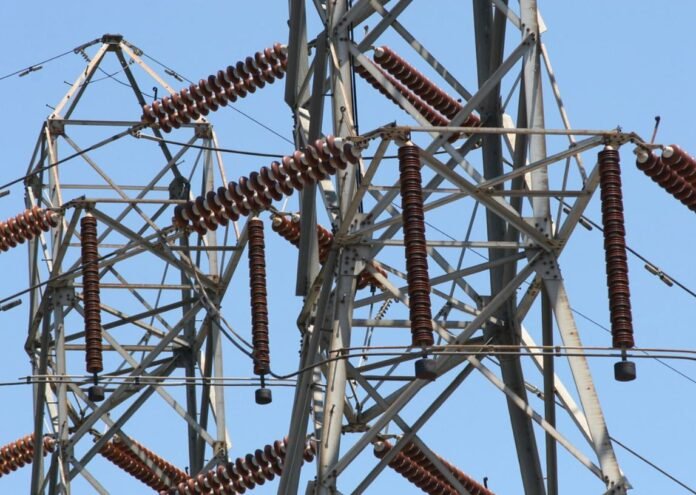Guinea-Bissau has officially joined a sub-regional electricity network linking it with Senegal, The Gambia, and Guinea, in a major step toward enhancing energy reliability in its capital, Bissau. The integration, led by the Organisation pour la mise en valeur du fleuve Gambie (OMVG), aims to address persistent power shortages that have long affected the country.
The regional grid draws its main supply from the Kaléta hydroelectric plant in Guinea, which was commissioned in 2015 with a generating capacity of 240 megawatts. However, output from the plant can drop significantly during the dry season, often reaching as low as 30MW. With this new interconnection, Guinea-Bissau will now be able to access up to 80MW of electricity, a capacity that more than meets the capital city’s current demand.
READ: Oil confirmed at Capricornus 1-X exploration well in Namibia
Goal to stable electricity supply
Prior to this development, Bissau’s power needs estimated at around 30MW were partially met by a thermal power station. The remaining supply came from a Turkish power ship, which halted its operations earlier this year in anticipation of the new grid connection. The national utility, Eau et Électricité de Guinée Bissau (EAGB), has struggled financially, further complicating efforts to maintain a stable electricity supply.
At the inauguration ceremony, President Umaro Sissoco Embaló hailed the achievement as a turning point for the nation’s energy future. He was joined by Gambian President Adama Barrow, while Senegal and Guinea were represented by high-level government officials. Despite the progress in Bissau, much of the country still lacks access to the national grid, highlighting the deep infrastructural disparities that persist.
Guinea-Bissau continues to face significant development challenges, including chronic political instability and widespread poverty. According to the United Nations, it remains one of the least developed nations globally. The country’s position as a transit point for narcotics trafficking further complicates efforts to build sustainable infrastructure. Nevertheless, the regional electricity integration represents a collective move by OMVG member states to improve energy access and optimize shared hydroelectric resources.






[…] READ: Guinea-Bissau completes sub-regional power grid connection […]